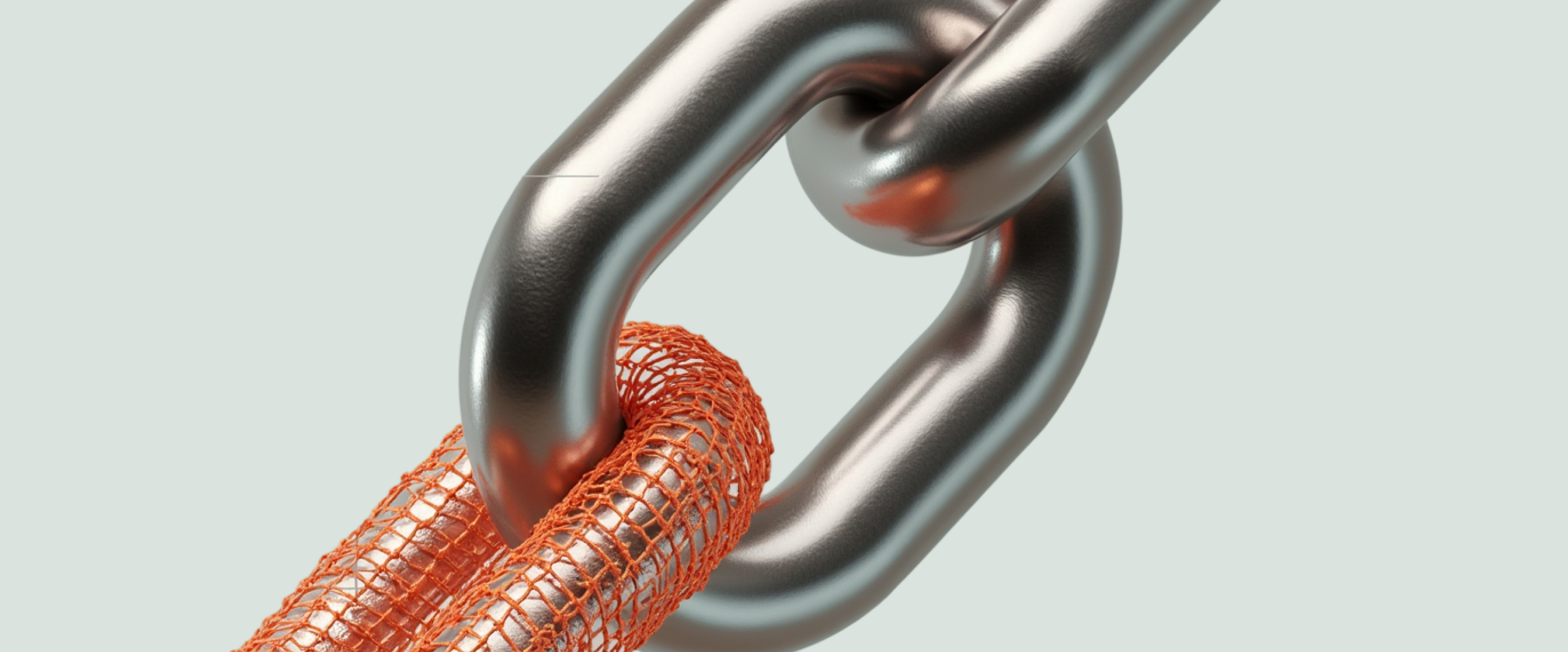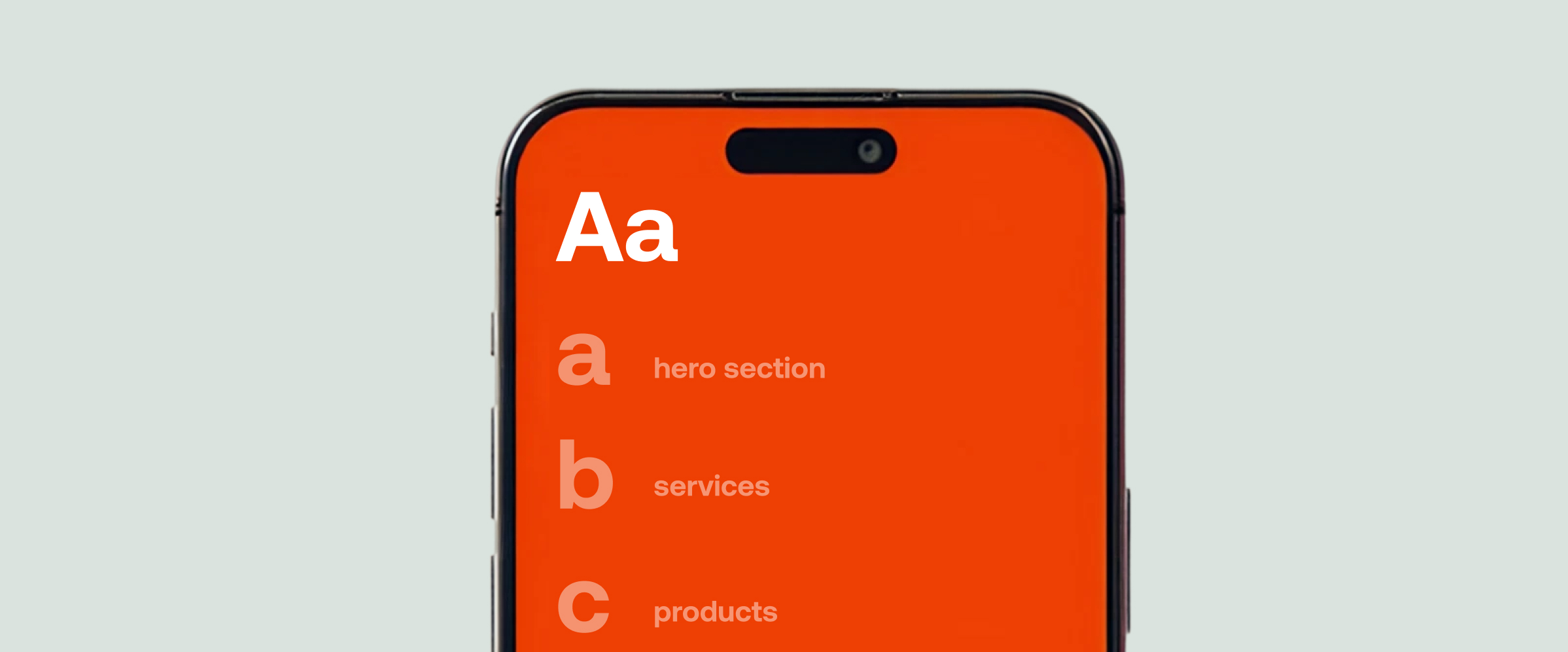











Recognitions
projects
Services

Fourmeta's Guide to Increasing Shopify Store Sales
.avif)

.avif)
Dramatically increase your sales on Shopify with these 10 tips!
Do you have a great product that you are sure people will love? And are you scratching your head because the sales aren't quite matching up to how awesome your product is? Well, don't worry, you are not alone!
Running an online store can sometimes feel like solving a puzzle. You have the coolest products, but cracking the code to get those sales soaring can be a bit tricky. That is where we come in! Our guide is like your friendly neighborhood shopkeeper, here to provide you with all the insider tips and tricks to boost your Shopify store sales.
First, we will go over some common roadblocks that might be tripping up your sales. It is like figuring out why a plant isn't blooming - sometimes you need to check if it is getting enough sunlight or if the soil is right. Then, we will jump into our top ten tips to grow your ecommerce sales. These are simple, easy-to-follow steps that can help you put your store on the fast track to success.
What is slowing down sales?
Usually, low sales can be attributed to:
● Insufficient traffic
● A lack of trust or awareness
● Low conversion rates
The Ghost Town Syndrome: No Visitors, No Sales
Imagine a restaurant that serves the absolutely best pizza in the world: fantastic taste, variety and unbeatable prices. You might assume that this would make it the most popular restaurant, but is that all it takes for success? What if people are unaware of its existence? What if it is hard to find and lacks advertising? Word of mouth can prevent this restaurant from going out of business but it certainly won’t maximise its sales potential.
The same goes for an online store. You may offer the best product, but do users know about it? There are countless websites and ecommerce platforms. How will users find the proverbial needle in a haystack? Step one to sales success is gaining exposure as an online business.
Building Bridges: The Importance of Trust and Knowledge
Let’s go back to our pizza example. There are a lot of pizzerias in the world, and many of them claim they are the best. How can one know for sure?
Online products can be even more challenging to differentiate, adding another sales mountain to climb. Once a user discovers the product, the next hurdle is to earn their trust. Why should a user choose your product over others?
Why Window Shoppers Aren't Buying: The Conversion Rate Puzzle
Back to pizza! People have found the pizza place. It has gained significant recognition, with people wanting to take pictures in front of the now-famous pizza place. However, there is a slight problem… no one is actually buying the pizza!
Unfortunately, the same can happen with an online store. Users can find your store, learn about your product, and even trust your brand, but not make a purchase. All that work, and all for nought! Some users are just browsing, some have barriers to purchase, such as a lack of money, while others are not enticed by the shipping or discount options.
Whatever the case may be, conversion rate optimisation is crucial for increasing sales. If you want to learn more about how to improve your conversion rate on Shopify, read this article. This comprehensive guide will tackle all the barriers to sales and help you drive traffic, build users’ trust, and optimise your conversion rates.
The Shopify Sales Formula: 10 Proven Strategies
Determine your target audience
Not all products are suitable for everyone. Defining your target audience can prevent unnecessary spending and experimentation. If you are selling cheese pizzas with extra cheese to vegans or those who are lactose intolerant, can you expect good results?
What can help you determine your target audience? Try using free sources of traffic, for example, friends and family. Have them visit your Shopify site and see who makes a purchase or at least shows interest. Take note of this audience as they can be targeted more specifically with paid ads. This is especially helpful if you have a limited advertising budget. Finding users who want or need your product is the first key to sales success.
Grow your online presence
An online presence includes but is not limited to Pinterest, Instagram, Facebook, LinkedIn, TikTok, Reddit, and more. Maybe, initially, it won’t be possible to use all these various platforms, so select a couple and focus on them.
Having an online presence doesn’t mean you have to use all these platforms to sell constantly. Personal connections can help an online business thrive. If we go into a brick-and-mortar store and meet a charming and friendly salesperson there, we might be more inclined to make a purchase. The same applies to online sales. The challenge is letting your personal style and story be visible online.
Use social media as a tool in your arsenal and help potential customers get to know you. Share what you stand for, why you decided to create this particular product, and how you came up with the idea. For a person who is on the fence, getting to know the story behind the product might be the nudge they need.
Paid advertising
There comes a point in time when asking family or friends to visit your Shopify store isn't sufficient any more. Paid advertising includes Google Ads in an auction format and other platforms where every click is paid for. Paying for ads makes sense only after following step number one and defining your target audience. Of course, an ad can be clicked on by anyone, but there is a reason why Google is worth a gazillion dollars: they are good at displaying ads to key demographics. How does it work?
Without getting into a discussion regarding big brother, it is essential to understand that a lot is known about a user - their interests, hobbies, dream vacation, current home improvement project - based on their internet search and browsing history. When Google or another service presents an ad, it often has a high success rate because the ad typically aligns with something the user needs.
Google is just one option, though. There is also Facebook, Pinterest, LinkedIn, and many others. See where you have the most engagement and use that platform to drive traffic to your Shopify online store.
Intuitive UX
They say first impressions last. If you have done everything right and now have more traffic to your Shopify store, the next step is to keep visitors engaged. If a user clicks on an ad or a social media link and comes to a website they don’t find appealing, that might be it. This potential customer can be lost due to an unattractive UI or a clunky UX.
On the other hand, an intuitive user experience can make users feel like they have discovered their new favourite store. They may linger and explore different pages, read the blog, view product images, and so on.
An intuitive UX can also lead to sales by guiding users through a journey that leads them to the destination known as the “Buy Now” button. UX designers specialise in making websites easy to navigate. Everything is thought of in advance to give you, the Shopify store owner, the best chance at success.
Testimonials and reviews
Have you ever come across a price or heard a claim that seems too good to be true? Many people are naturally distrustful due to prior bad shopping experiences or scams. Trust is built upon confidence, and reviews or testimonials help users feel assured about their purchases.
Some online businesses try to hide negative reviews or feedback, but this strategy usually backfires. Users know we live in an imperfect world, and it is impossible for everyone to have a perfect shopping experience every time. It is best to be transparent, so users know that even if there was an issue, it was quickly resolved. A user review can be the difference between an uncertain visitor and a confident customer.
A/B Testing
Have you ever had a conversation and afterward thought, "I wish I had said that differently"? Alas, in such situations, it is too late. However, when designing a homepage or landing pages for conversions (to encourage users to complete the intended action), we have the advantage of going back and adjusting the strategy.
For example, imagine that you have created a landing page for users who have clicked on a paid ad on Google. The first thing they see is the headline or the images, and this initial impression is crucial. You have two headlines in mind and several images to choose from. How can you make the right choice? Well, you can't be entirely sure. You hope to make the right choice, but A/B testing can provide you with objective data. You can try both options on your Shopify store and determine which one captivates or motivates users more effectively. With this factual data, you can now improve your conversion rate, which will increase sales.
Email & SMS opt-ins
Some days we are not in the mood to shop. Some weeks we have to wait an extra day for our paycheck to arrive. If something is offered to us on that inopportune day, we might say no, even if we want or need the item. The same principle applies to ecommerce. Just because a user is on your site, loves the design, and reads the reviews, it doesn't guarantee they will make a purchase. Email and SMS opt-ins are crucial at this point.
If a user opts in, marketing can continue through email or text. You can send a discount code or offer another product that the curious shopper may have overlooked. The bottom line is that you haven't lost the customer yet.
Search engine optimisation
We don’t want to hurt your feelings, but there are many terrific websites out there, and that includes Shopify stores. Let’s say someone is looking for pizza (apologies for the overused metaphor) online and searches for “pizza” on Google. What will they see in the top results? Initially, they will see companies that pay a pretty penny for advertising and have substantial marketing budgets. Afterwards, though, there will be results that Google considers the most relevant.
Optimising your Shopify site will help it climb in SEO rankings. Optimised URLs, product descriptions, and images will aid users in finding your ecommerce site. Shopify is already SEO-friendly, but there are a few specific things that can further improve it:
● Avoid duplicate content and URLs.
● Use accurate and unique product descriptions.
● Use structured data that Google can easily parse.
We will share a comprehensive Shopify SEO guide in a future article, but, without a doubt, this is one of the best ways to drive traffic and potential sales.
Email marketing
As is the case with email opt-ins, email marketing is a way to consistently connect with a warm target audience. For online shoppers, there are convenient times for making a purchase, and it may not be their first visit to your site. When should you send an email?
It is often considered best practice to request users to provide their email addresses on the homepage of your site. You may choose to incentivise them by offering a discount code, a free item, a newsletter subscription, or other perks. With Shopify, you can set up email sequences that trigger when the user takes a specific action. After obtaining their email, you can promptly send a welcome email to thank them for their interest. An email sequence can also be set up when a shopping cart is abandoned or when users stop opening their emails.
You might be concerned about whether frequent emails would annoy users. There is, of course, a reasonable frequency that wouldn’t be considered spam but would gently nudge those who have shown interest. How effective is email marketing?
According to a study by Litmus, “for every $1 dollar marketers spend on email marketing, they get approximately $40 in return”. That is an excellent ROI that can significantly boost your sales.
Improve site speed and performance
People hate waiting, especially when it comes to their online shopping experience. Why wait for a page to load when other sites offer a similar product with faster access? Improving your store’s speed and responsiveness will lead to a higher conversion rate on sales.
How important is it to boost speed and site responsiveness? Here are some stats:
● 79% of customers who are “dissatisfied” with a site’s performance are less likely to make repeat purchases.
● 64% of smartphone users expect a website to load in four seconds or less.
● 47% of online shoppers expect web pages to load in two seconds or less.
Boosting your Shopify store’s speed will prevent users from even thinking about leaving the site. Users will be gleefully visiting one page after another, focused only on their shopping.
Final Thoughts
Let’s return to our pizza example one last time (promise!). After reading our online guide, the pizza place increased foot traffic, built trust, and expanded its fantastic menu. All this led to… drumroll… increased sales! These ten tips can and will improve your Shopify sales as well.
Of course, there are many more ways to boost sales, and if you are serious about increasing sales, don’t hesitate to contact our marketing team. We can assist you in determining which specific tips are most relevant in your situation.
We are happy to have shared this information with you. Feel free to check out our other articles regarding ecommerce.




.avif)

























